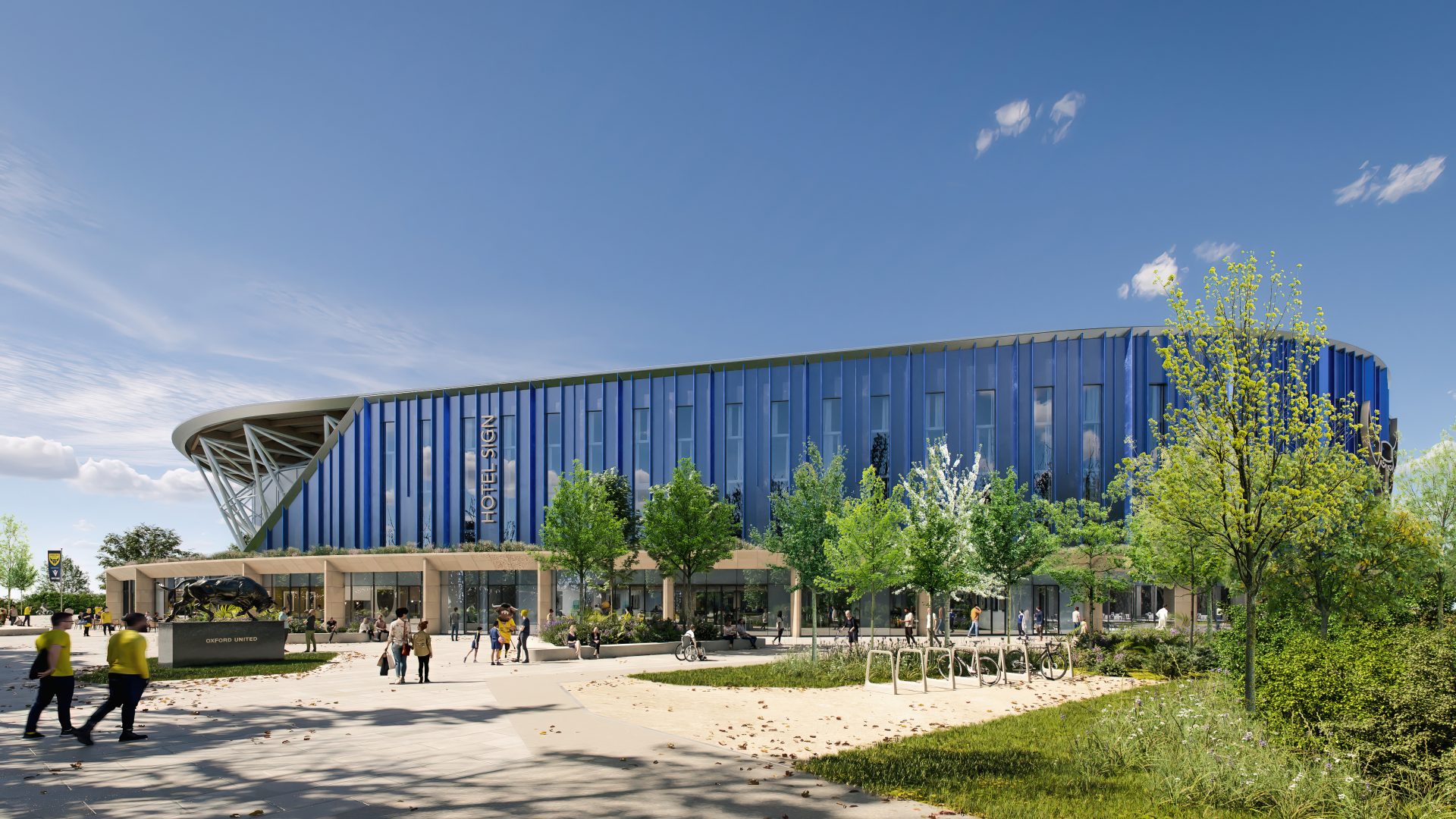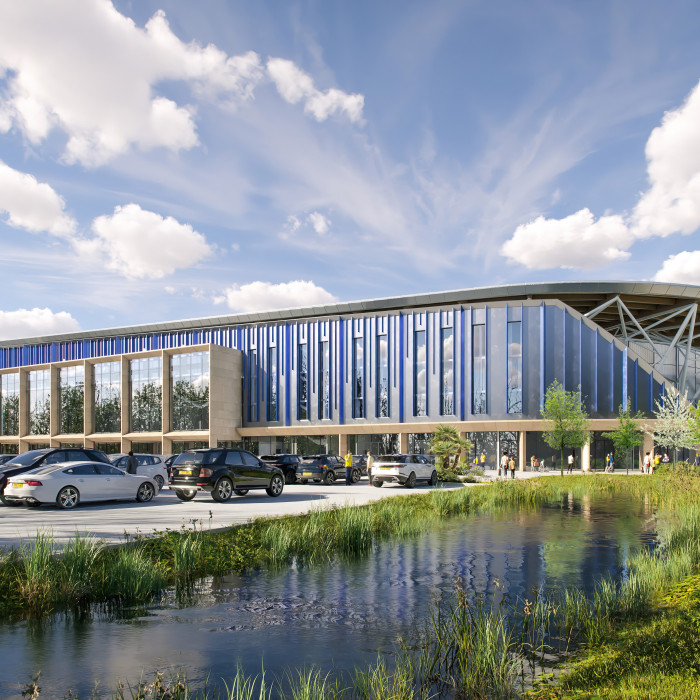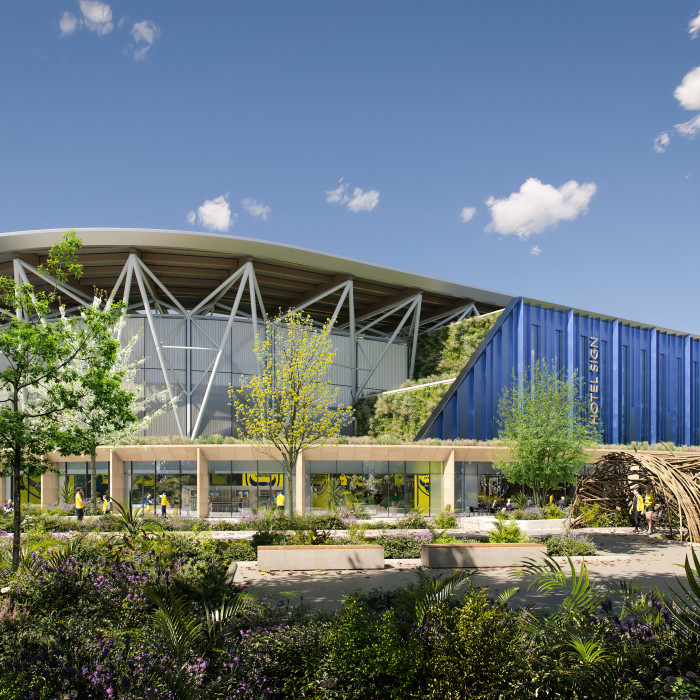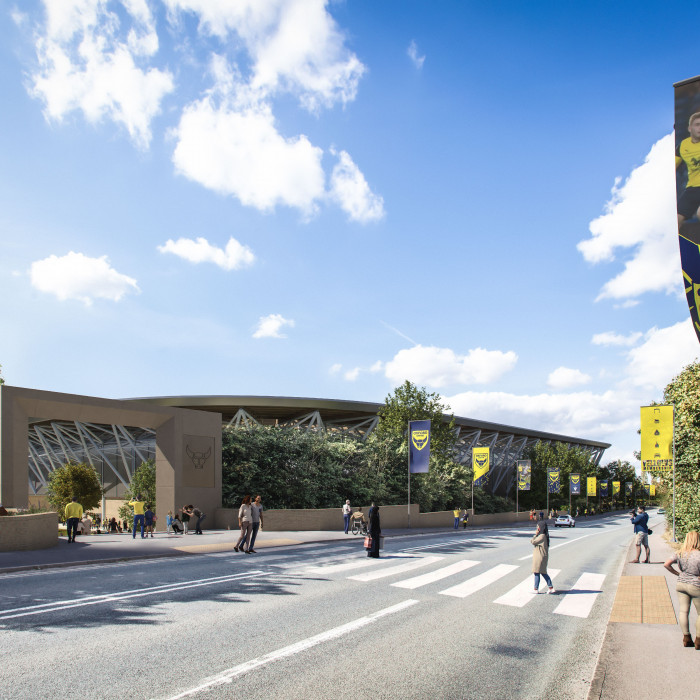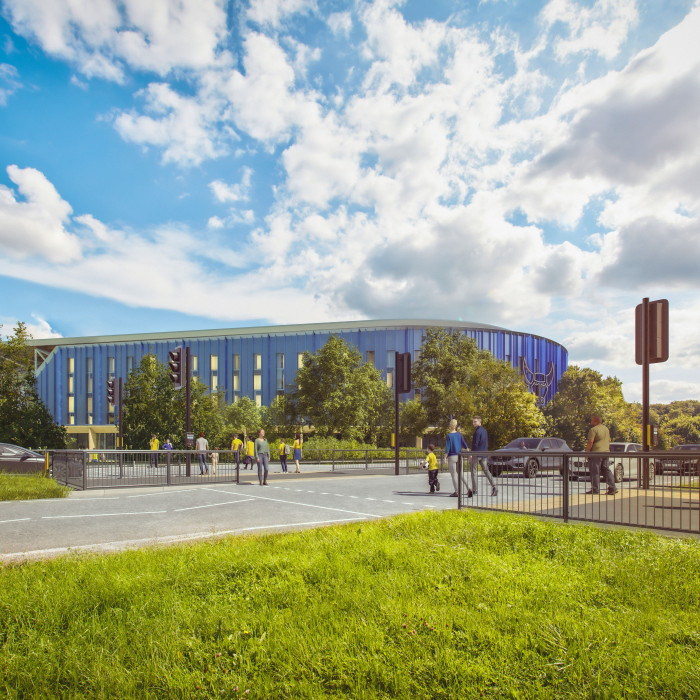The club would use a low-carbon energy supply to create an ‘all electric’ stadium, with power also generated by 1,200 solar panels.
"The standout element of the stadium is it will be the most sustainable mid-sized sports venue in the country. We want to make the most of the opportunity to create something special – it would be one of the greenest football stadiums to be built."
The proposed 16,000 capacity stadium at the Triangle, near Kidlington in Oxford, would not use any high carbon intensity fossil fuels such as gas. Annually, electricity is now a cleaner fuel than natural gas.
Renewable energy sources, including 3000m² of solar panels on the roof, along with energy efficiency measures would achieve radical carbon emission reductions. The solar panels would generate enough energy to boil around 3 million 3-litre kettles per year.
Modern building fabric design and heat recovery solutions would also be used to maximise thermal efficiency.
The use of another low-carbon energy technology, air source heat pumps, as the development’s primary heat source would provide an estimated 80% reduction in CO2 emissions per year when compared to gas boilers, when aggregated over the year.
The news comes days after the club announced it has signed the UN Sports for Climate Action Framework to help tackle the climate crisis. By joining the Framework, the club has underlined its pledge to playing its part to ensure the sports sector achieves a low-carbon future. The club is committed to halving its carbon emissions by 2030 and achieving net-zero by 2040.
The stadium would also include drainage systems, rain storage and recycling solutions to re-use rainwater, while plans to enhance biodiversity on the land at the Triangle would achieve a significant net gain.
"The stadium design has sustainability and visitor experience at its core."
“We’ve maximised modern technology, design and progressive thinking to create the benchmark for future design of stadiums with the protection of our planet in firm focus."
The stadium design maximises efficiency in all aspects to minimise energy use and associated carbon emissions. It would include:
- High performance construction with optimised thermal performance to reduce the demand for cooling in summer while retaining heat in the winter.
- High efficiency air source heat pumps to provide internal comfort, capturing heat from the external ambient air to produce the heat source for general heating, domestic hot water generation and undersoil pitch heating.
- A fully automated Building Energy Management System will be employed to monitor, control and report energy use, to ensure optimal operation across all seasons and long-term minimisation of energy consumption.
